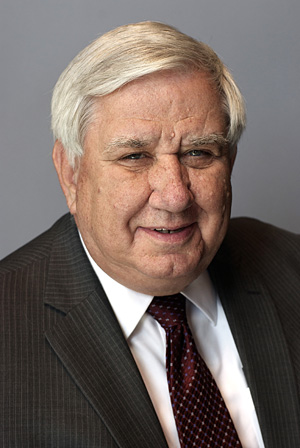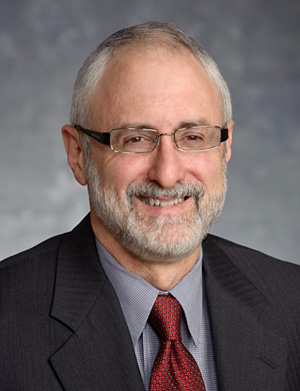A new study recently published in the Journal of the American Heart Association (JAHA) found that the University of Minnesota’s Minnesota Heart Health Program “Ask About Aspirin” initiative, a statewide aspirin public health campaign launched in June 2015, is likely a beneficial and cost-effective way to reduce the incidence of a first heart attack or stroke.

The program is designed to lower cardiovascular risk within the target population of men ages 45-79 and women 55-79 years in Minnesota over their lifetimes.
Researchers from the School of Public Health and the University of Minnesota’s Cardiovascular Division estimate that nearly 10,000 fewer heart attacks and at least 1,200 fewer strokes would occur as a result of improving public knowledge of aspirin use. Furthermore, researchers found the campaign will lower overall health care costs in both men and women.
“As University researchers, we strive to identify cost-effective strategies for preventing disease and improving public health,” says study co-author and associate professor Jean Abraham.
Supporting this goal, a second significant study simultaneously published in JAHA, also led by University of Minnesota researchers, found aspirin use for the primary prevention of heart attack and stroke rose steadily from 1980-2009 in the Minneapolis/St. Paul adult population.

“Despite the steady increase in aspirin use, we found many adults who would benefit from aspirin use are not taking it,” says Russell Luepker, co-author and professor in the School of Public Health. “We also found no associated trend for increased gastrointestinal bleeding observed in the Minneapolis/St. Paul study population, a reassuring outcome.”
For more than 25 years, multiple randomized trials have proven that daily use of low dose aspirin by individuals at elevated risk of a first heart attack or stroke can lower that risk. This benefit is gained – as for all medication-based treatments – with a small associated risk. For aspirin, there is an associated risk of bleeding, but this risk can be lowered when individuals discuss their heart attack versus bleeding risk with their doctor.
Cardiovascular diseases, including myocardial infarction and stroke, are the leading causes of death and disability in the United States. In 2010, these conditions accounted for nearly one-third of all deaths. These diseases also create an immense national health economic burden. Study authors said prevention of heart attack and stroke is a key personal and population health goal and that many members of the public who could benefit from aspirin use are not currently aware of how to achieve this health benefit.
Until now, it has not been known if efforts to directly inform the public and improve aspirin “health literacy” for this preventive medication would lower cardiovascular events, and thus cost, in any large state population. As noted in the accompanying JAHA editorial, the Minnesota state program is designed to assure that shared decision making links an informed patient with an informed health professional, as an effective and efficient national model.

“There is no other single cardiovascular medication as effective and inexpensive as aspirin,” says Alan T. Hirsch, adjunct professor, Medical School professor, and the study’s senior author. “Yet, despite the prior publication of national guidelines that have recommended increased use of aspirin, no prior state or national effort has effectively promoted such use. It is always our hope that such state programs, designed to achieve maximal individual benefit and lowest personal risk, can be created with positive measured clinical and economic impact. These data demonstrate that the health and economic impact would be immense.”

